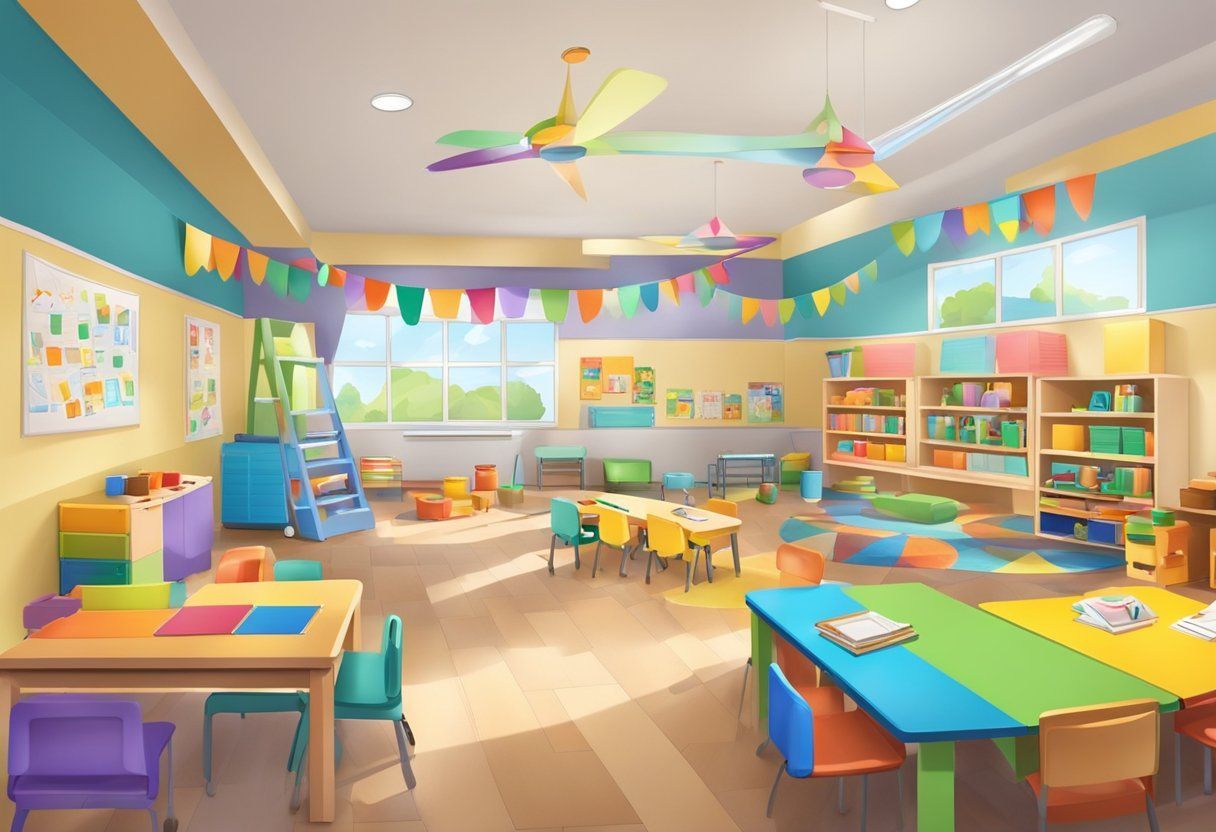BLOG
Categories
Understanding the Common Challenges of Adopted Children
To begin with, I am an adopted child. I was adopted in the 40’s in a closed adoption, but I believe that although adoption has changed since the 40’s to having many more open, family and foreign adoptions, there are issues that are common to all adopted children. These issues include abandonment issues, identity development issues especially in adolescence, and feelings of not belonging. Some kids feel strongly about some of these things and not others.
First, I want to say that adoption is not a psychological condition it is a life condition. It is a permanent condition regardless of the traits, strengths, talents and special qualities of the child who was adopted. This special status comes up in expected and unexpected ways, which may cause stress and distress for the child – persisting even into adulthood. For instance, my children were asked to draw a family tree in school – do I use my adopted family or have my child disclose my adoption and leave a section of the tree blank?
At first glance, adoption seems like a perfect arrangement. Parents get a child and the child gets a loving home. But this arrangement has some problems:
- Parents tell the adopted child they are “special” – that they are lucky to have found a good family. Adopted children often wonder if they are good enough to meet their new family’s expectations.
- Children, in order to understand that they were adopted, have to grapple with the fact that first they were abandoned. Again, the question arises of why they weren’t good enough to keep. So there is the dual challenge for kids who feel they need to be perfect to have a new family, and that they must feel grateful for this situation.
- A chosen child has some “ghosts” that can become active fantasies, or just low level what-ifs: the ghost of who they would have been if they were not adopted, the ghost of the birth mother and birth father, and the ghost of the adopted family’s child that might have been. When I was thinking about this, I realized that I have said on many occasions that my first cousin (the daughter of my mother’s brother)– who is beautiful and looks like my adopted mother – “She looks like what I was supposed to look like.” This is a ghost echo for me.
So this is not to say that adoption is too much to handle – it is just an experience that requires lots of attention and understanding. The three main issues we can address are abandonment, identity development, and feelings of not belonging.
- Abandonment – this is the big one. How could someone leave you before you were even big enough to know anything? This loss is sometimes called a “primal” loss. It has to be acknowledged to be healed. In reaction to this reality, adopted kids often go through phases of being detached, clingy, over worried about people leaving and not returning, fear or curiosity about illness and death, and difficulty with transitions of all kinds. I’m sure you all have examples of how this has occurred in your families.
- Identity issues – this is where we get into the roles of the good adoptee and the bad adoptee. One of the major developmental jobs of growing up is to develop an independent and cohesive identity. Some adopted kids seem to be trying to connect with the “ghosts” we talked about by either acting the image of the adopted parents natural child (generally the good adoptee), or living life according to the fantasy of his or her birth family (the bad adoptee). These birth family fantasies can lead kids to try identities involving criminal behavior, excessive use of alcohol and drugs, or sexual acting out. This kind of behavior also serves the purpose of testing the commitment of the parents, to see if they will send you away and abandon you again. I remember a teen I was seeing who threw a serious fit, yelling ‘you can’t get rid of me’ when his parents wanted to send him to a prep school.
- The third issue common to many adopted children involves the feeling of belonging. As soon as a child begins to grapple with the fact that he or she is adopted, he/she starts looking for similarities and differences with his adopted parents. I recently had an adopted teenager in my office who wanted to measure how tall he was by standing next to his adopted mother. Children look to their parents, aunts and uncles, for information about how they will turn out – what characteristics do they carry coded in their genes. For adopted kids there is confused genetic mirroring, either physically or psychologically. So it can also be a challenge for an athletic, artistic child to be adopted by an intellectual family full of lawyers and scientists. When kids realize how different they are, there is often a period of looking for people like you – your tribe. As a friend of mine recently said: It’s all about the feelings.
What can we do to help adopted kids deal with the feeling issues we have identified – abandonment, identity formation, and feeling that you don’t belong? The overall aim here is to stay connected with the child or person you are dealing with – project the feeling that you will never give up on them. This is the classic instruction of separating the behavior from the person’s basic being. “I am mad that you lied to me, but that doesn’t mean I don’t love you.” Here are a few specific techniques to consider:
- The first technique to maintain connection is active listening – which is actually listening to the feelings not the content. In active listening you say things like: It sounds like you are scared, nervous, worried, sad, upset, etc.
- Technique two is pointing out the positives – I know you are good at sorting things out – or being a good friend – or getting what you need – so you can do this.
- The third technique is asking a question – Do you want to know what I think? Or what I would do in this situation?
- The fourth technique is total confidence – I know you will figure it out. This works best with older kids who have some experience making good decisions.
- The last technique is to articulate what you are doing – I love you and I think you will be incredibly successful in the future, and I want to help you make good choices today. Is there anything I can do to help? In other words, I am there for you.
Addressing adopted children’s unique challenges can be tough. By following these strategies you will be able to more effectively address these concerns and help the adopted child know that he or she is heard, loved, and wanted.
SOURCE: https://www.boulderpsychologicalservices.com/understanding-common-challenges-adopted-children/
RECENT POSTS
Bringing and keeping families together!








